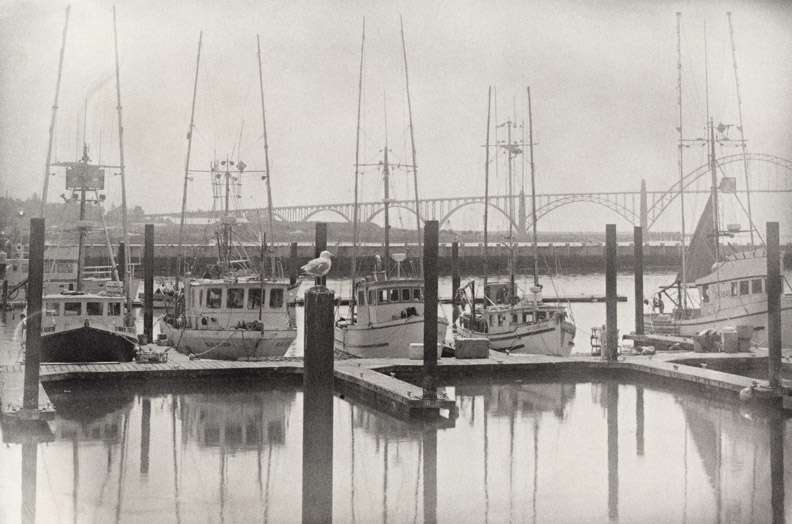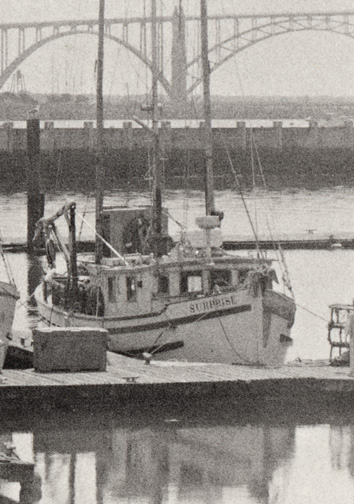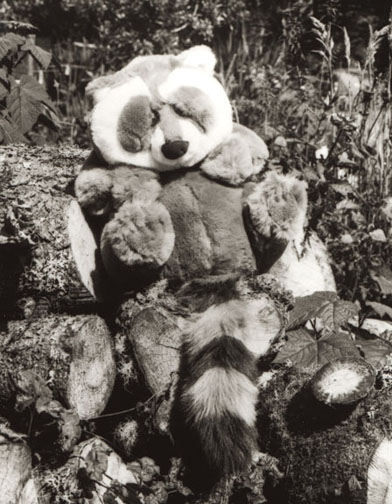
The Light Farm Negative Emulsion #2
Dry Plate PhotographyThe Light Farm Negative Recipes |
 |
| 'Sunbow Over the Bayfront' |
|
Enlargement of 5"x7" plate on Ilford Multigrade FB
The Light Farm Negative Emulsion #2 |
|
|
Many Possibilities
Since summer 2008 I have been working with two basic emulsions, what I'm calling TLF #1 and TLF #2. They are simple emulsions, and except for the addition to both of Steigmann's gold sensitizer (from the 1950s, I believe), the emulsions are classic, old-style brews. They are easy to make, with basic chemicals as minimally dangerous or toxic as possible. I will continue to research optional optical sensitizers, but as these recipes stand in their basic form, they are well up to the task of dry plate photography. In addition, Kevin Klein's recipe is here on The Light Farm and Jim Browning has linked to his website (here). Mark Osterman of George Eastman House has contributed a wonderful chapter to the book, Alternative Photographic Processes, 2nd edition, by Christopher James. It is my hope that others will start making their own vintage brews and share the results. Although both TLF#1 and TLF #2 can be considered 'slow' by the standards of modern film, speed is relative. '1' is slower than '2', and their characteristics will be familiar to experienced film photographers. Notice the classic difference between a 'fast' film and a 'slow' film. The image below on the left is a crop from 'Sunbow Over the Bayfront' (the image at the top of this page) and the one of the right is a crop of the same size and % enlargement from 'Pancho & Herman', the image that opens the Dry Plate Photography section on the previous page, a plate made with TLF #1. TLF #2 displays the visible grain that you'd expect in an 8"x10" enlargement from 35mm TriX, especially when it is overexposed as 'Sunbow...' was. TLF #1 is essentially grainless. The contrast characteristics of the two emulsions also follow the classic features of fast vs. slow. There is more information on controlling characteristic curves in the following sections. 'Sunbow Over the Bayfront' is an example of TLF #2. The plate was exposed for only 1 second at f/32. It was a sunny day and the plate is badly overexposed. I tried to get as much contrast as possible out of the image, but the lighting in the final print appears flatter than it actually was on location. Although TLF #2 is considerably faster than TLF #1, it still has to be considered a 'slow' emulsion, and I think the situation with 'Sunbow...' confirms Baker's contention that slow is the way to go. Here is a plate so overexposed that it looks almost black on a light table and it still produced a decent print. |
 |
 |
|
|
Replace This Text in js
Replace This Text in js
|
Copyright © The Light Farm |